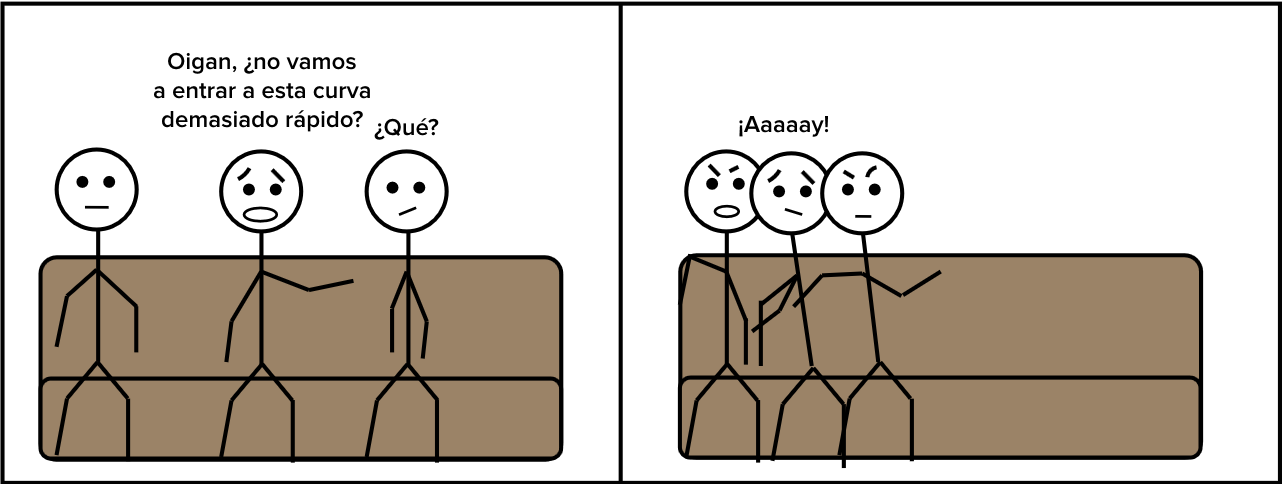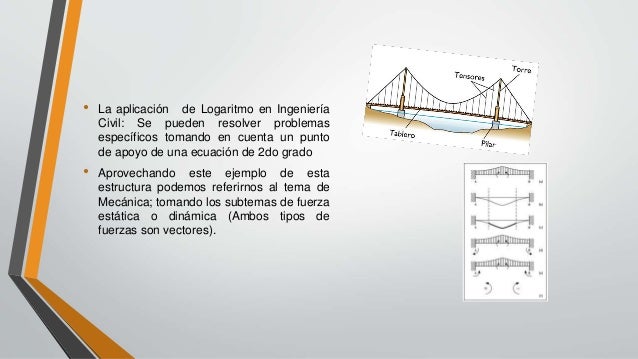
- QUE ES CINEMATICA WIKIPEDIA SERIAL
- QUE ES CINEMATICA WIKIPEDIA FULL
- QUE ES CINEMATICA WIKIPEDIA FREE
QUE ES CINEMATICA WIKIPEDIA SERIAL
Serial robots may achieve this by using high-quality rotary joints that permit movement in one axis but are rigid against movement outside this. Most robot applications require rigidity. Hexapod positioning systems, also known as Stewart Platforms. For example, the Delta robot does not have parasitic motion since its end effector does not rotate.Ĭomparison to serial manipulators The debilitating effects of parasitic motion should be mitigated or eliminated in the successful design of lower mobility manipulators.

The motion subspace of lower mobility manipulators may be further decomposed into independent (desired) and dependent subspaces: consisting of `concomitant’ or `parasitic’ motion which is undesired motion of the manipulator. For example, 3 position coordinates constitute the motion subspace of the 3 DoF Delta robot and the 3 orientation coordinates are in the constraint subspace. The workspace of lower mobility manipulators may be decomposed into `motion’ and `constraint’ subspaces. For example, the 3 DoF Delta robot has lower 3T mobility and has proven to be very successful for rapid pick-and-place translational positioning applications. However, when a manipulation task requires less than 6 DoF, the use of lower mobility manipulators, with fewer than 6 DoF, may bring advantages in terms of simpler architecture, easier control, faster motion and lower cost.
QUE ES CINEMATICA WIKIPEDIA FULL
As their speed of action is often constrained by their rigidity rather than sheer power, they can be fast-acting, in comparison to serial manipulators.Ī manipulator can move an object with up to 6 degrees of freedom (DoF), determined by 3 translation 3T and 3 rotation 3R coordinates for full 3T3R mobility. This centralisation of mass also reduces the robot's overall moment of inertia, which may be an advantage for a mobile or walking robot.Īll these features result in manipulators with a wide range of motion capability. This reduction in mass along the arm permits a lighter arm construction, thus lighter actuators and faster movements. Static representation of a parallel robot is often akin to that of a pin-jointed truss: the links and their actuators feel only tension or compression, without any bending or torque, which again reduces the effects of any flexibility to off-axis forces.Ī further advantage of the parallel manipulator is that the heavy actuators may often be centrally mounted on a single base platform, the movement of the arm taking place through struts and joints alone.

The effector is mounted between the tips of three of these arms and again, it may be mounted with simple ball-joints. Delta robots have base-mounted rotary actuators that move a light, stiff, parallelogram arm.

QUE ES CINEMATICA WIKIPEDIA FREE
The ball joints are passive: simply free to move, without actuators or brakes their position is constrained solely by the other chains.

This mutual stiffening also permits simple construction: Stewart platform hexapods chains use prismatic joint linear actuators between any-axis universal ball joints. It is this closed-loop stiffness that makes the overall parallel manipulator stiff relative to its components, unlike the serial chain that becomes progressively less rigid with more components. Each actuator must still move within its own degree of freedom, as for a serial robot however in the parallel robot the off-axis flexibility of a joint is also constrained by the effect of the other chains. Errors in one chain's positioning are averaged in conjunction with the others, rather than being cumulative. A parallel manipulator is designed so that each chain is usually short, simple and can thus be rigid against unwanted movement, compared to a serial manipulator.


 0 kommentar(er)
0 kommentar(er)
